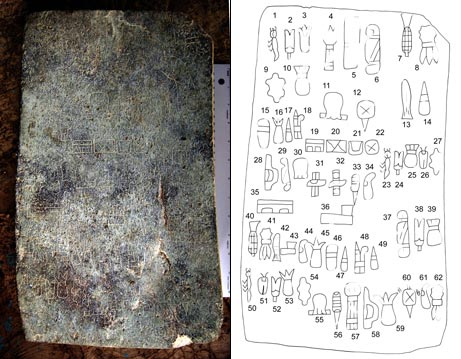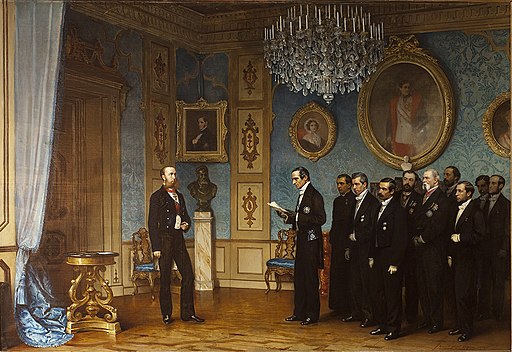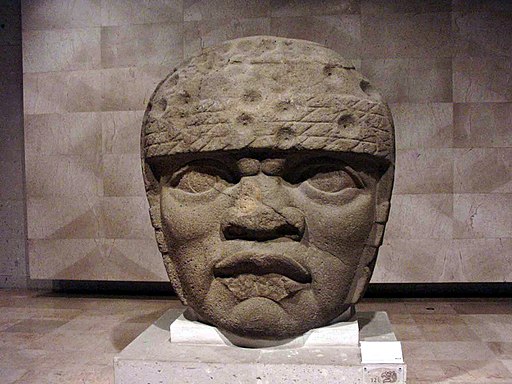The Mexican-American War was not fought for good reasons. The war was one of imperial and expansionist ambition and territorial expansion, and even in the 1840s many Americans at the time knew they were on the wrong side of history. Among the Americans who knew that the U.S. probably shouldn’t wage a war of aggression on its neighbor were a battalion of mostly Irish immigrants who became known as Saint Patrick’s Battalion. They defected from the American to Mexican side of the conflict, battled against the American invaders, and are now remembered as heroes in both Mexico and Ireland.
Podcast: Play in new window | Download
Subscribe: RSS




